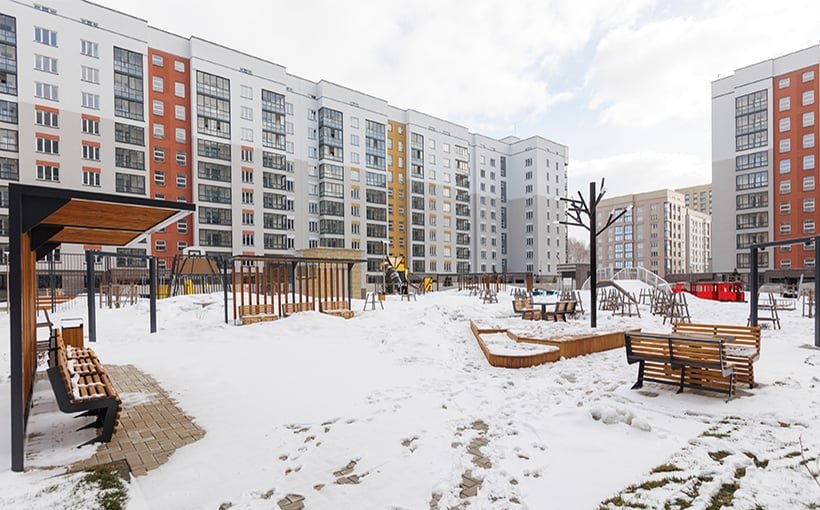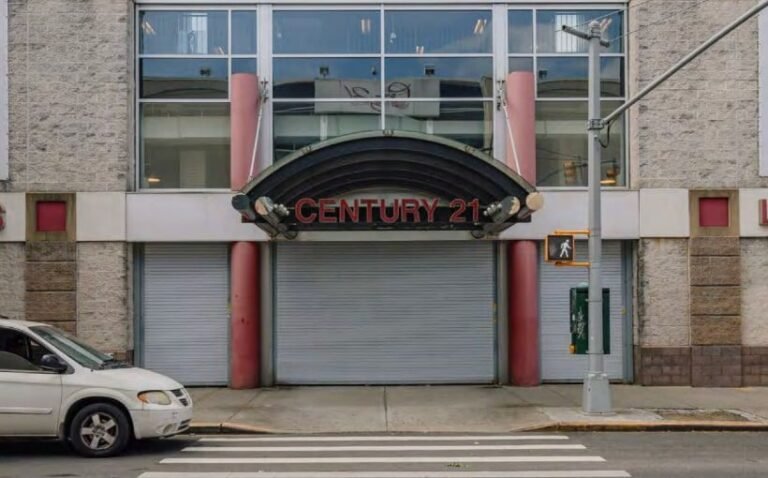

Labor Day, the start of meteorological fall and the equinox are firmly in the rear-view mirror. Meanwhile, colder temperatures, ice and snow aren’t too far off in the future.

The good news is there’s still time for multifamily owners and operators to “winterize” outdoor amenity areas (think courtyards, swimming pools, rooftop terraces, fire pits and others), while preparing the great indoors for an uptick in residential usage.
“Think of it as a seasonal reset,” said Alexandra LaFlam, National Account Executive at WithMe, Inc.
Inspect, Clean and Store
No matter where a multifamily property is located in the United States, the chances are pretty good that its outdoor features won’t be used as much, if at all. LaFlam and other experts told ConnectCRE that early fall is a good time to take a good, long look at well-used and popular warm-weather amenities.
“This is the time to schedule thorough inspections, check the inventory and clean everything,” said Brian Buccino, President & Chief Operating Officer, North America, LIVunLtd. This can involve storing seasonal equipment and furniture, as well as replacing worn-out gear. Additionally, “schedule any necessary major repairs now and during the winter,” LaFlam said.

There’s more to storage and replacement than protection. Athenes Bauza-Wu said that prevention and replacement now could avoid problems in the future.
“Dealing with repairs and replacements during the off-season ensures readiness for the next peak season,” said Bauza-Wu, who is FirstService Residential’s Director, New Development and Multifamily Rentals. “Failure to do so will result in downtime during the next peak season, disappointing your resident experience, and potentially costing owners higher emergency repair costs during the busier months.”
Focus on the People
Off-season amenity care should extend beyond handling things. Just as important is acknowledging the efforts of the summer staff. “Reward that team and recognize their contributions to a successful season,” Buccino said.

Now can also be an ideal time to set up training programs for next summer’s staff. “Take the opportunities during the off-season to program high-quality training for management staff and lifeguards to ensure they are prepared to handle the increased demand and potential safety issues during the summer months,” Bauza-Wu suggested.
She added that additional areas of attention should be paid to pool maintenance, reducing replacement cycles, and adding materials to increase the durability of furniture and equipment.
Solicit Residential Feedback
An essential part of summer amenity care during winter months is gathering residents’ feedback about what worked and what didn’t.
LaFlam suggested surveying residents now, while their experiences are still fresh, for honest feedback. “Based on usage data and staff feedback, this information can help determine which seasonal offerings delivered value,” she added.
And once again, such information can help determine what’s on board for the next summer season. “Resident feedback informs improvements for the next season,” as such intelligence can be strategically incorporated into improving warm-weather amenities that residents will actually use, Buccino commented.
Focus on Other Amenities
LaFlam pointed out that not all amenities go away when fun in the sun ends. Indoor activities need to be reviewed, examined, and prepared (if not already done so). Fitness centers are more likely to be used during the colder months. So are indoor lounges, game rooms, community indoor kitchens, coffee bars, and on-site movie theaters.
“Consider re-introducing these indoor amenities to residents as their routines shift,” LaFlam said.
The same holds for amenities reservation systems. Buccino said that the technology used during the summer can be carried over “with light adjustments to match fall and winter use.”
In short, it’s just as important to focus on the indoor amenities during the colder months as it was during the summer, when residents flocked to use outdoor features. Said LaFlam: “It’s essential to prepare amenities for off-season use by aligning them with seasonal activities and residential needs.”
An earlier version of this article is available on ApartmentBuildings.com.


